Optimal Seasons for Cedar Siding Repairs
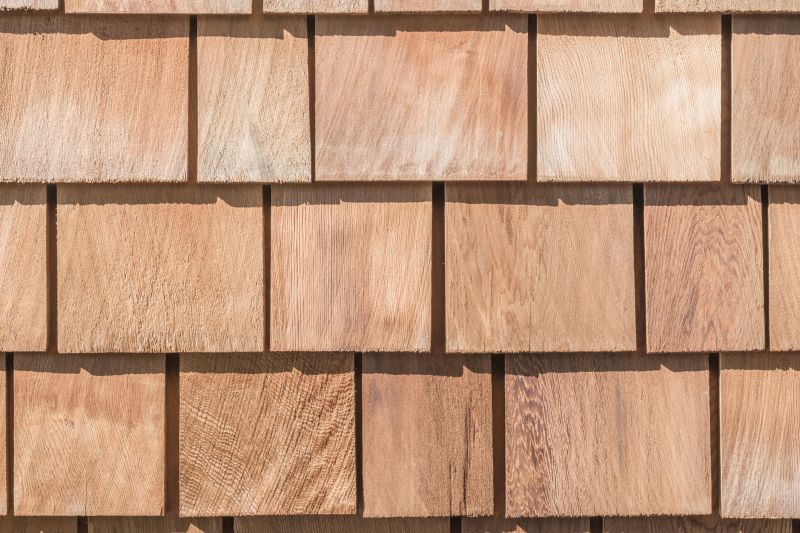
Spring offers mild temperatures and lower humidity, ideal for cedar siding repairs.
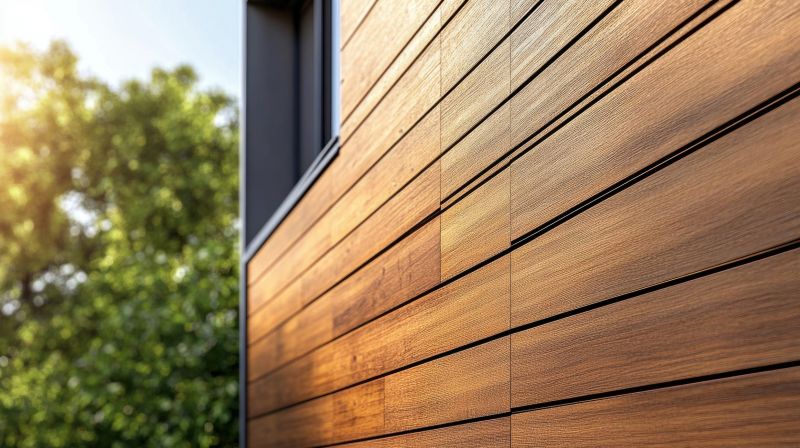
Summer provides longer daylight hours, allowing for efficient repair work, provided the weather is dry.
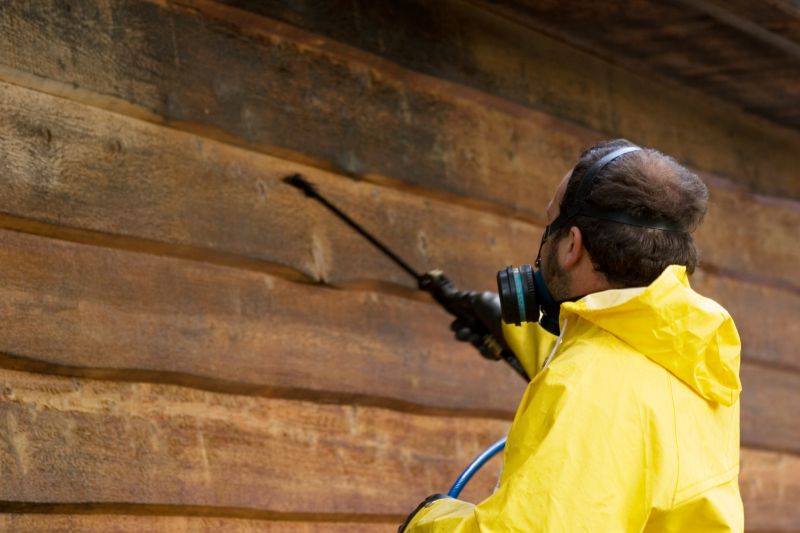
Fall's cooler temperatures and reduced humidity help ensure proper adhesion of repair materials.
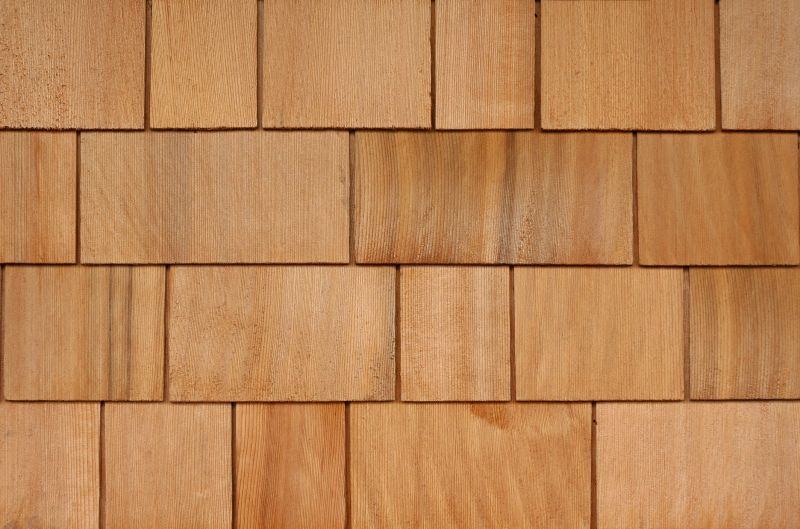
Ways to make Cedar Siding Repairs work in tight or awkward layouts.
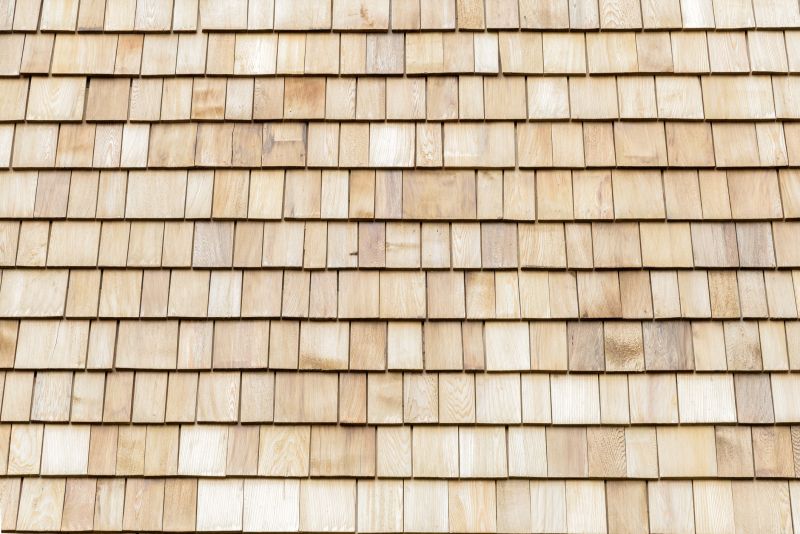
Popular materials for Cedar Siding Repairs and why they hold up over time.

Simple add-ons that improve Cedar Siding Repairs without blowing the budget.
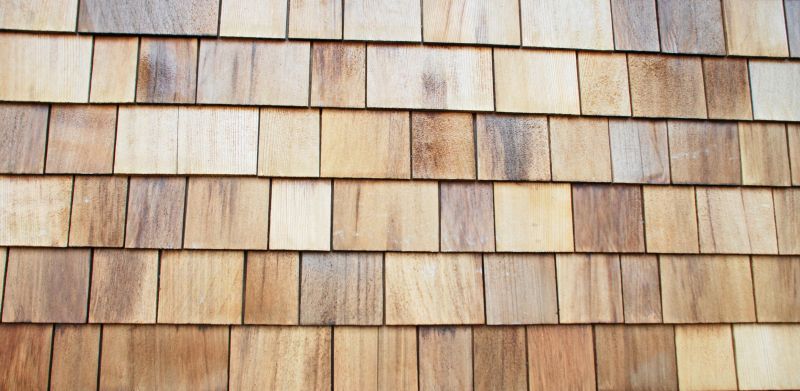
High-end options that actually feel worth it for Cedar Siding Repairs.
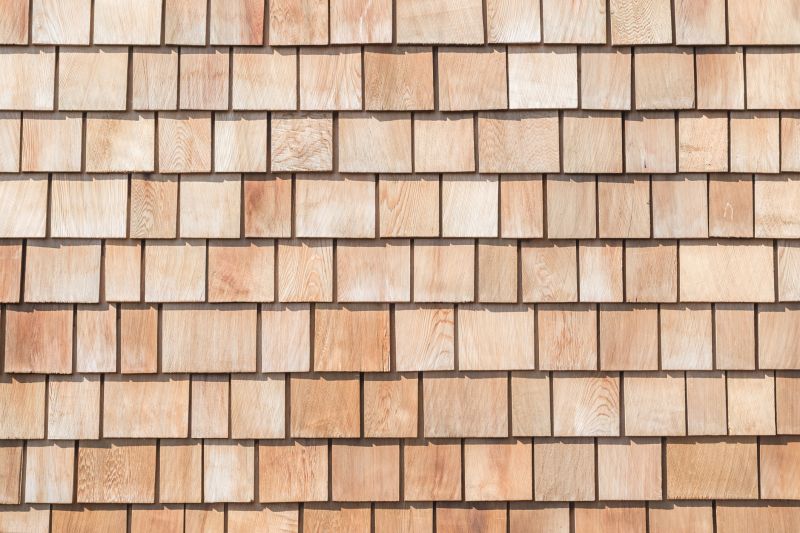
Finishes and colors that play nicely with Cedar Siding Repairs.
Cedar siding repairs are most effective when performed during seasons with moderate weather conditions. Extreme temperatures and high humidity can impact the quality of repairs, causing issues such as improper sealing or wood warping. Choosing the right season ensures optimal results and longevity of the repair work.
Rain, snow, and high humidity can delay repairs and compromise the effectiveness of sealing and painting cedar siding.
Late spring through early fall typically provides the best conditions for cedar siding repairs.
Inspecting and preparing cedar siding during suitable weather helps prevent future issues like rot and insect damage.
Performing repairs during dry, mild weather minimizes risks and ensures durable results.
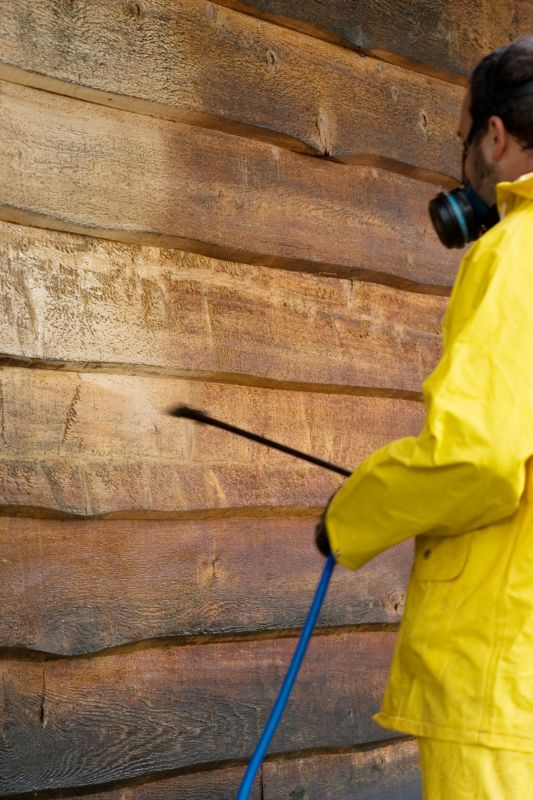
Proper timing supports effective cleaning, patching, and sealing of cedar siding.
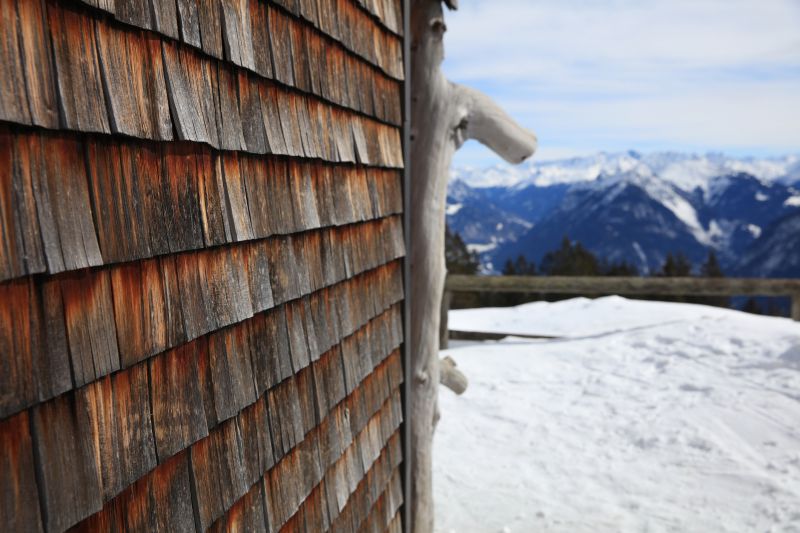
Avoid repairs during heavy rain or extreme cold for best results.
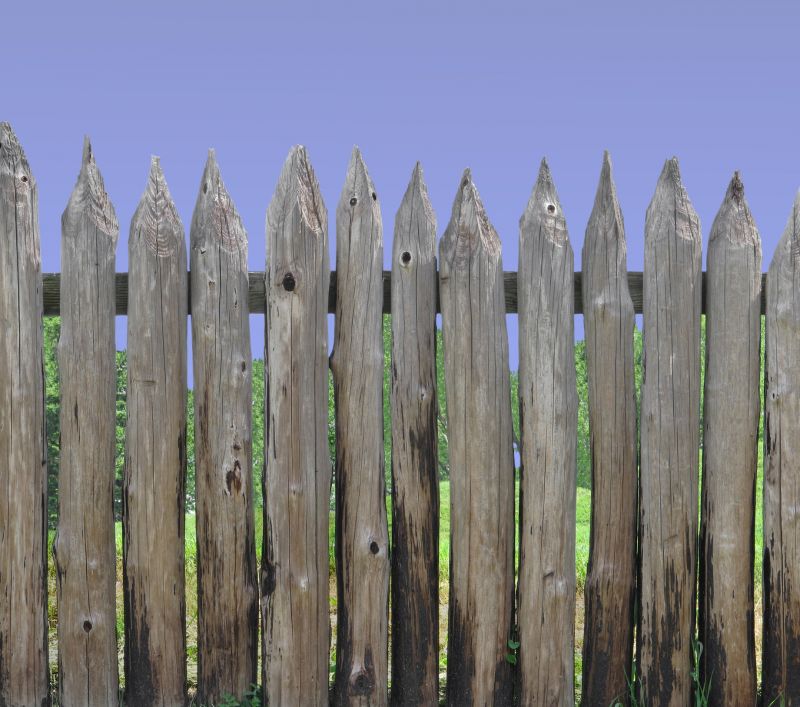
Regular inspections in favorable weather extend the lifespan of cedar siding.
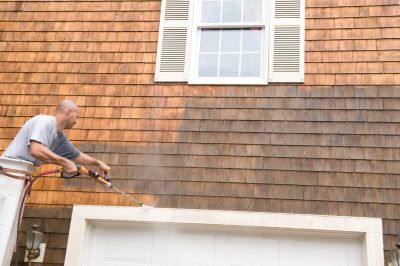
Scheduling repairs during ideal seasons ensures quality workmanship and durability.
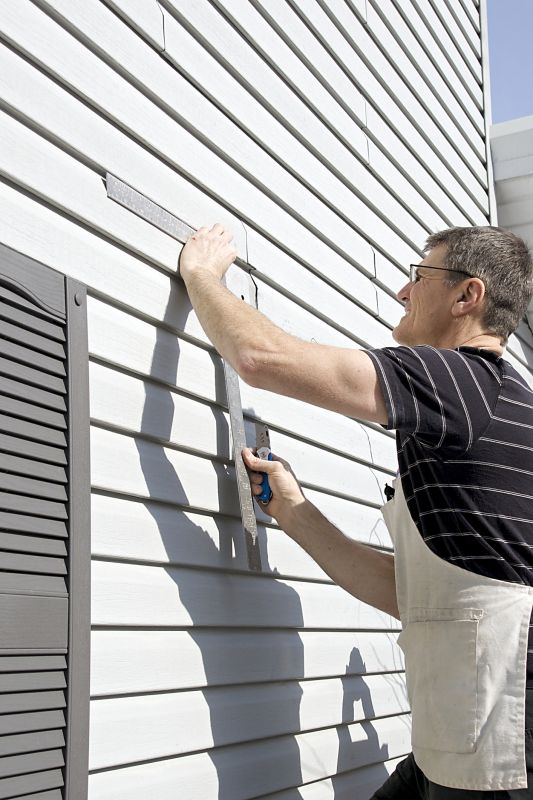
Little measurements that prevent headaches on Cedar Siding Repairs day.

A 60-second routine that keeps Cedar Siding Repairs looking new.
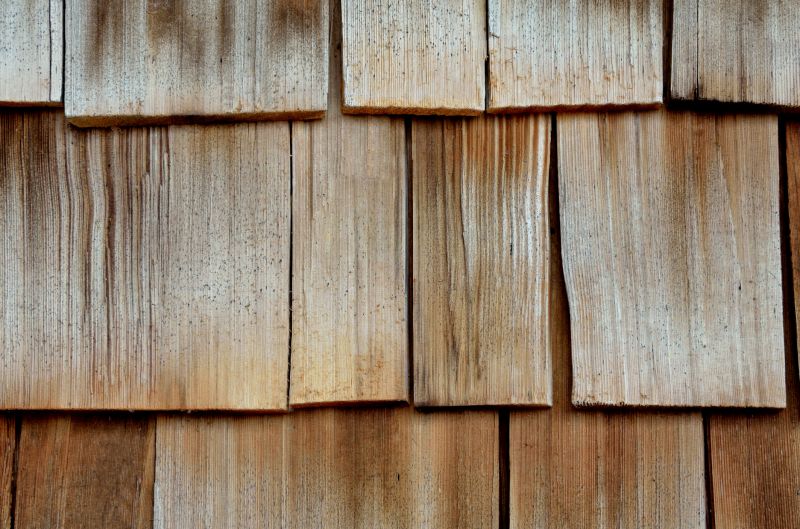
A frequent mistake in Cedar Siding Repairs and how to dodge it.

Small tweaks to make Cedar Siding Repairs safer and easier to use.
| Season | Recommended Activities |
|---|---|
| Spring | Inspect and perform minor repairs before the weather warms. |
| Summer | Carry out major repairs during dry, warm months. |
| Fall | Seal and protect cedar siding before winter. |
| Winter | Limit repairs to inspections and planning, avoiding harsh weather. |
Cedar siding repairs involve addressing issues such as rot, insect damage, and weathering. Proper timing combined with quality materials and techniques can significantly extend the lifespan of cedar siding. Regular inspections and timely repairs prevent costly replacements and maintain the aesthetic appeal of the property.
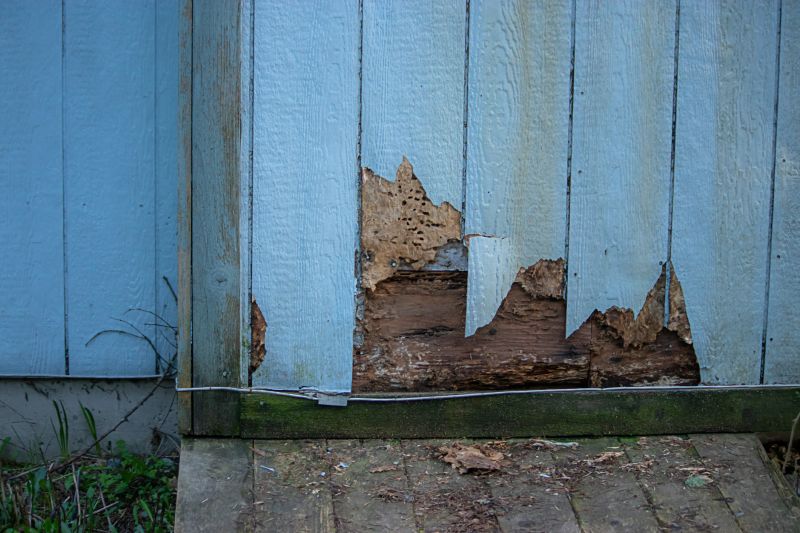
Identifying early signs of damage helps plan effective repairs.
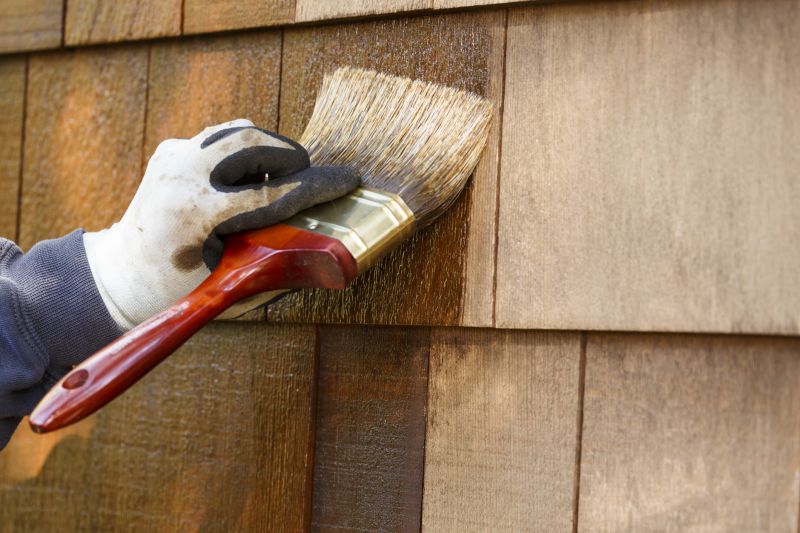
Methods include patching, sealing, and replacing damaged boards.
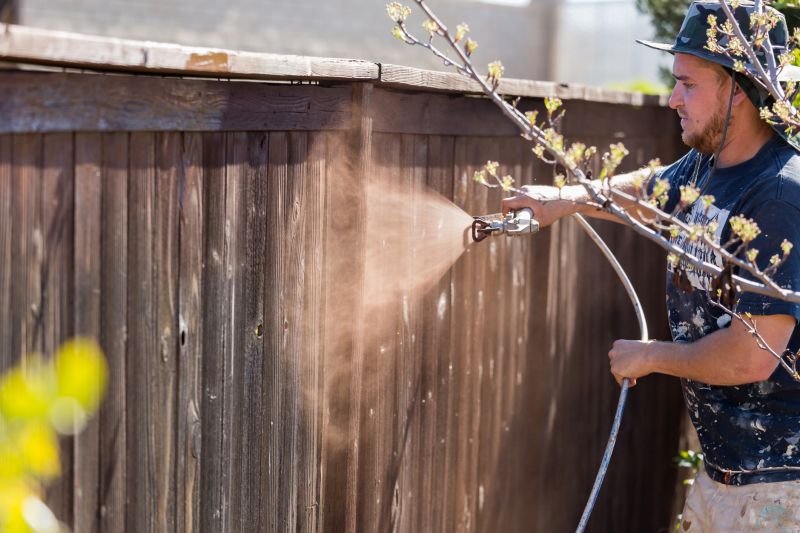
Using weather-resistant sealants and paints enhances durability.
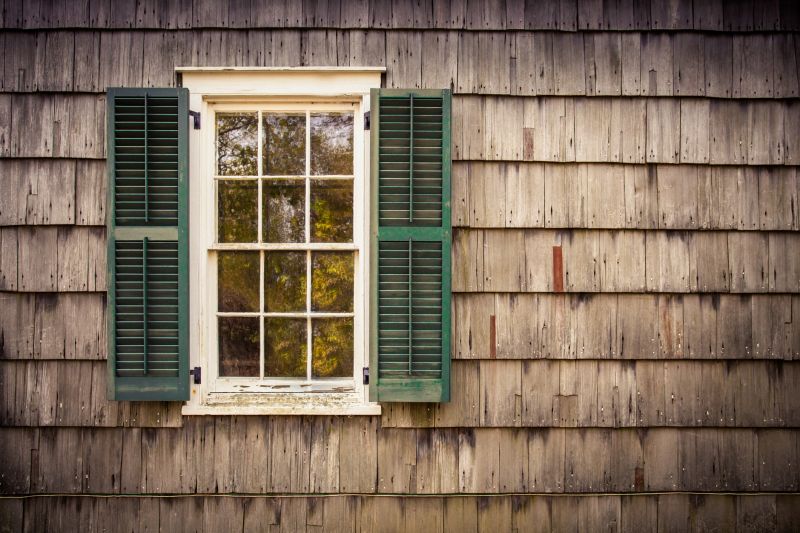
Regular inspections and upkeep prolong repair benefits.
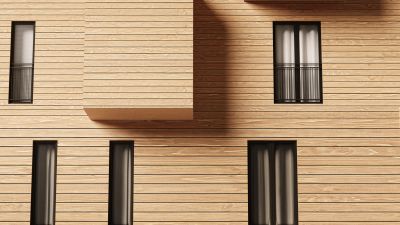
Lower-waste or water-saving choices for Cedar Siding Repairs.
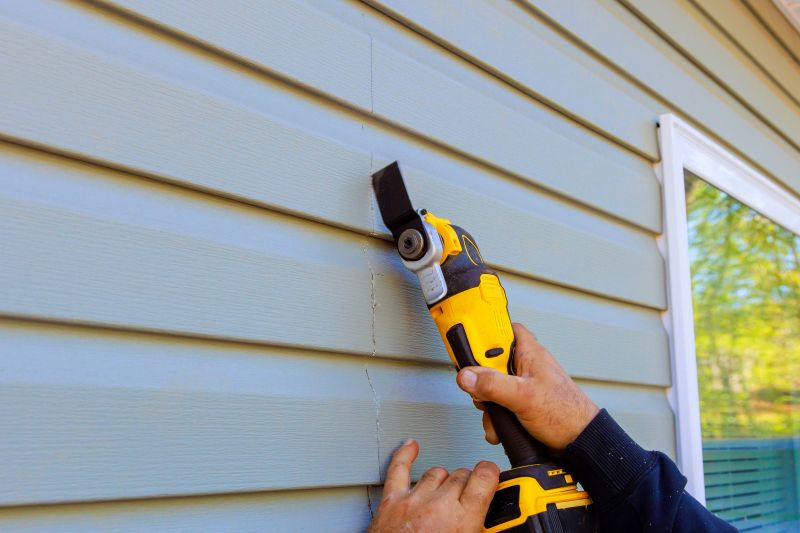
The short, realistic tool list for quality Cedar Siding Repairs.
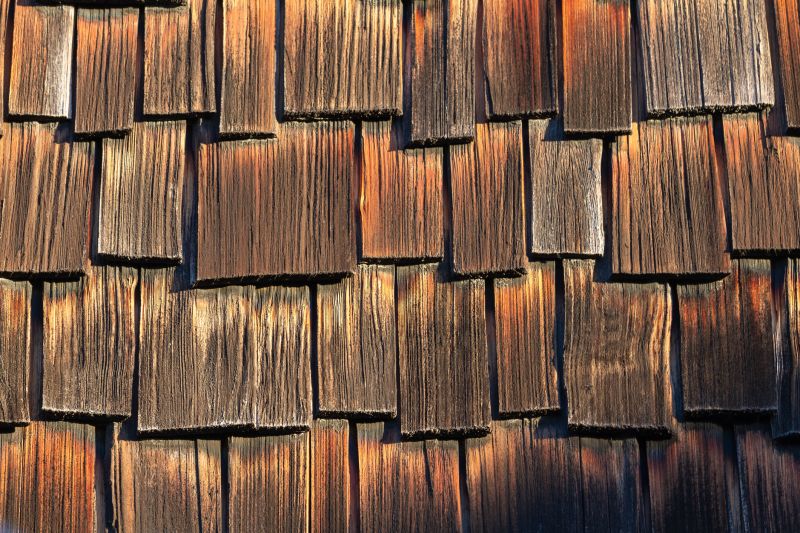
Rough timing from prep to clean-up for Cedar Siding Repairs.

Quick checks and paperwork to keep after Cedar Siding Repairs.
Timely cedar siding repairs contribute to the structural integrity and visual appeal of a building. Properly scheduled work during suitable weather conditions helps ensure that repairs are effective and long-lasting. Consulting with professionals can assist in determining the best timing based on local climate patterns.
Interested in cedar siding repairs? Filling out the contact form is the first step toward maintaining the beauty and durability of cedar siding. Professional assessment and timely intervention can help preserve the integrity of the siding for years to come.
